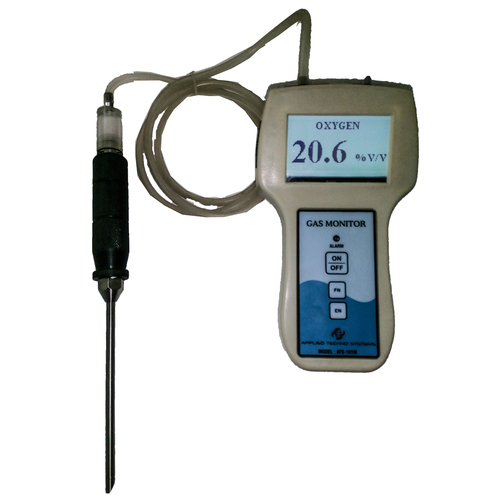- Dew Point Meters
- Gas Analysers
- Portable Gas Detector
- Moisture And Dew Point Analyzer
- Dust Monitor
- Gas Monitoring Systems
- Gas Leak Detectors
- Gas Transmitters
- VOC Leak Detector
- Air Quality Monitoring System
- Online Continuous Emission Monitoring System-OCEMS
- Dew Point Monitors
- Gas Detector
- Opacity Monitor
- Portable Flue Gas Analyzer
- Online SOX & NOX Gas Analyzer
- Methane Gas Leak Detector
- Hydrogen Purity Analyzer
- Gas Purity Analyzer
- Effluent Monitoring Systems
- Producer Gas Analyzer
- Gas Detector Calibration Service
- Portable Gas Monitors
- Gas Sensor Transmitter
Combustible Gas Detectors
20500.00 - 25500.00 INR/Pack
Product Details:
X
Combustible Gas Detectors Price And Quantity
- 1 Pack
- 20500.00 - 25500.00 INR/Pack
Combustible Gas Detectors Trade Information
- Telegraphic Transfer (T/T)
- 25 Pack Per Week
- 1-2 Week
- Within a certain price range free samples are available
- Normal Packing With Thermocol
- Asia Australia Central America North America South America Eastern Europe Western Europe Middle East Africa
- All India
Product Description
Mixtures of gases and air can be burnt at a wide range of concentrations. In each case, there is a specified minimum concentration above which an ignition source will cause an explosion or flame front propagation. In this case, the Lower Explosive Limit (LEL) of that gas or vapor applies. It is sometimes referred to as the Lower Flammable Limit (LFL). The LEL varies from gas to gas. The minimum concentration of CHC in the air by volume typically ranges from 0.5% to 15%. Based on the system, this concentration is equal to 100%. Combustible gases can be lighter or heavier than air. Prior to monitoring the gas or entering an area containing it, determine the characteristics of the gas. A typical low alarm setting is 20% LEL, a high alarm is 40% LEL, and a high-high alarm is 60% LEL. It is up to the user to decide what setting is appropriate.
Infrared or catalytic bead technology:
Catalytic gas detectors are more reliable in dusty and dirty environments since they are less sensitive to the presence of industrial contaminants. They also perform more reliably under high temperatures, are not affected by pressure changes or humidity changes. All catalytic sensors can detect most combustible hydrocarbons, including hydrogen, which is invisible to infrared. Hydrogen has a smaller footprint than infrared.
Calilbration Gas Selection for Combustible Gas Detectors
Calibration does not always need to be done with the gas that most likely to be present. For most applications, the standard calibration gases give excellent results. A calibration kit can be used for any combustible gas. We can recommend the gas to be used and provide instructions for calibration.
Enter Buying Requirement Details







 English
English Spanish
Spanish French
French German
German Italian
Italian Chinese (Simplified)
Chinese (Simplified) Japanese
Japanese Korean
Korean Arabic
Arabic Portuguese
Portuguese